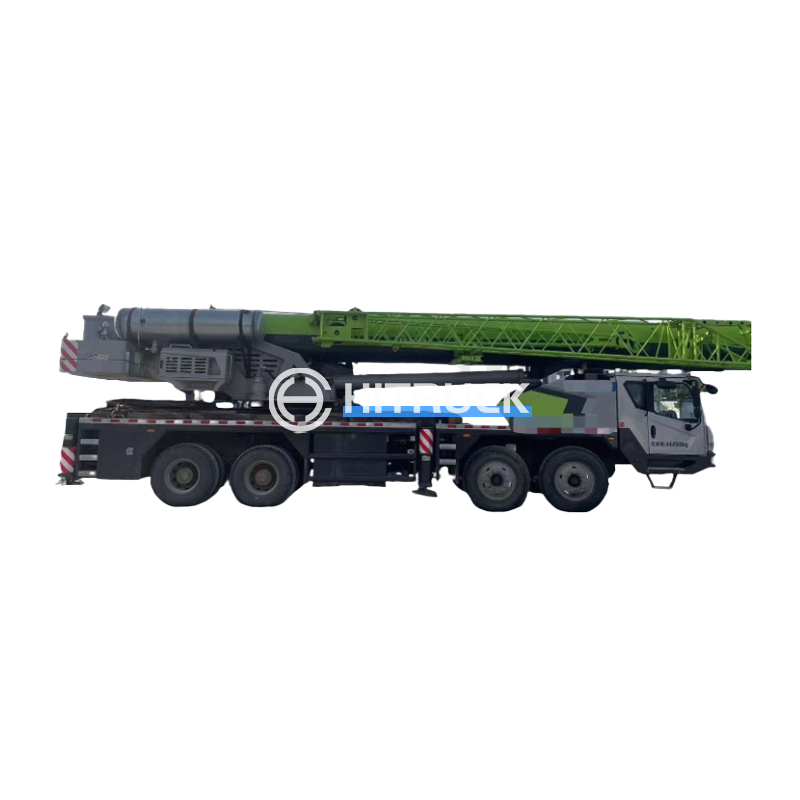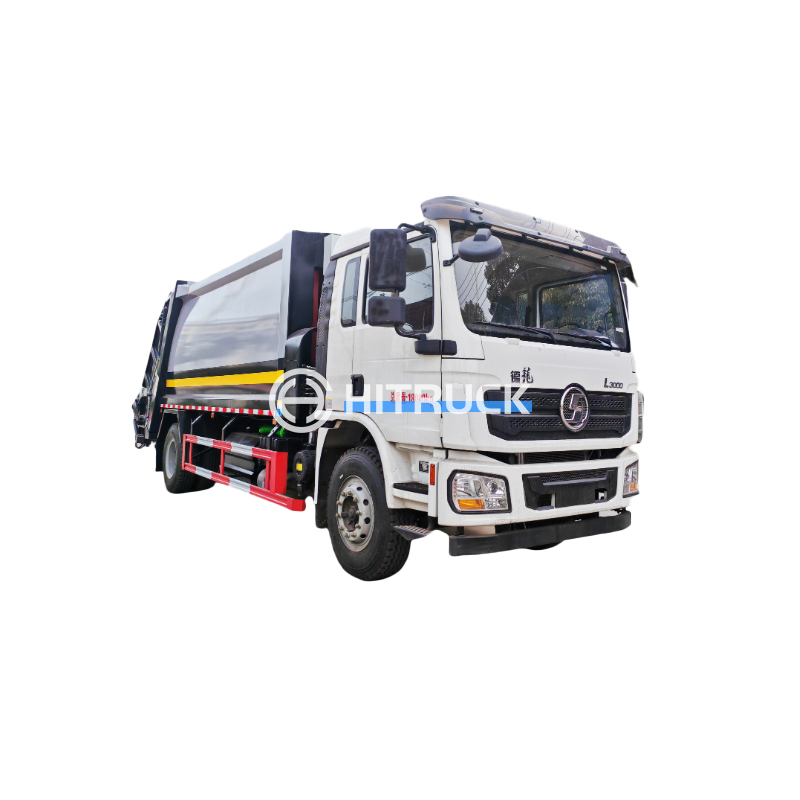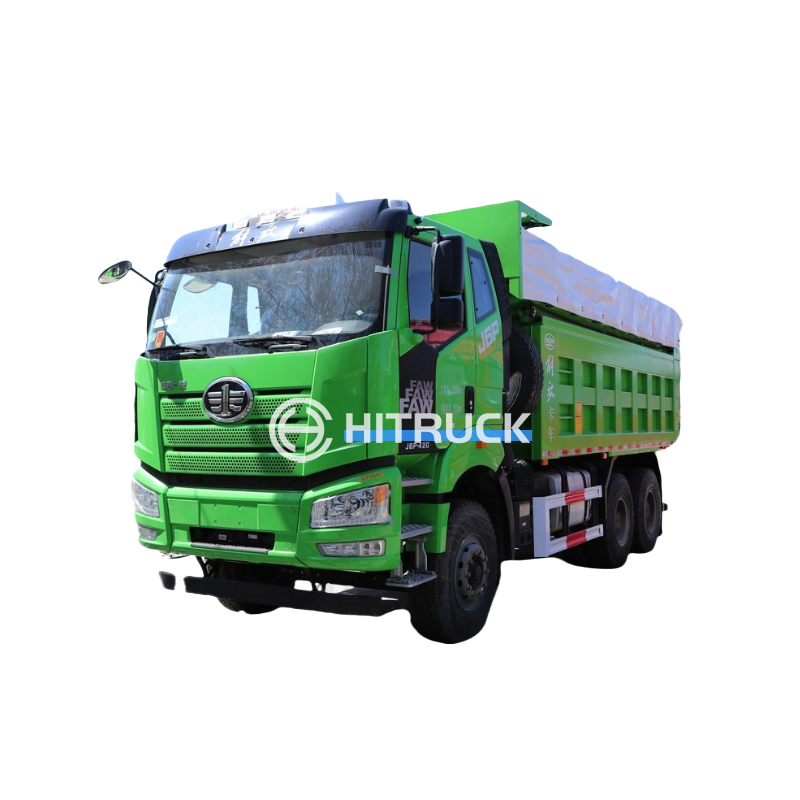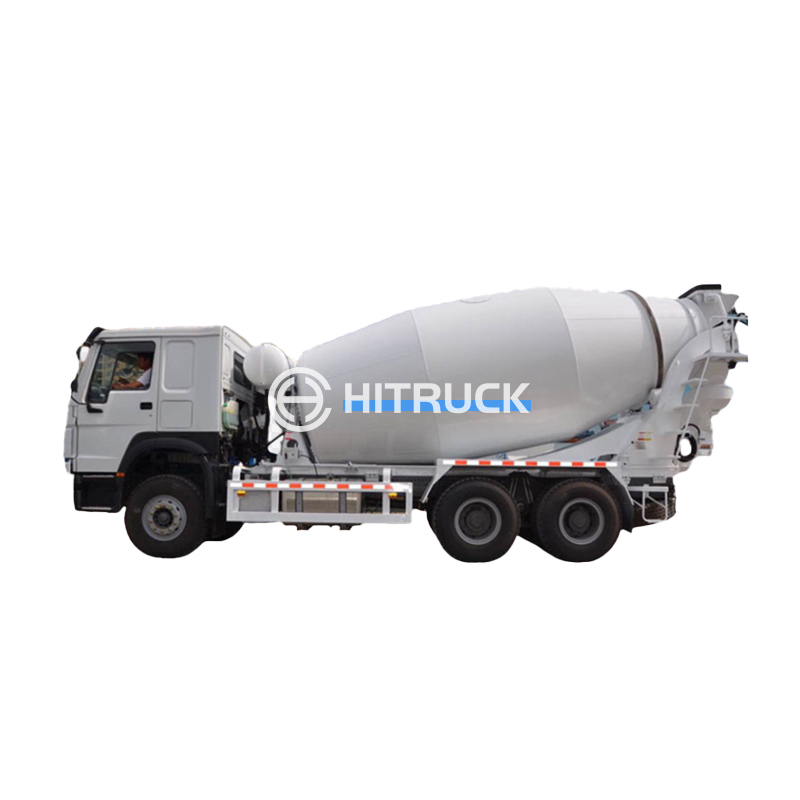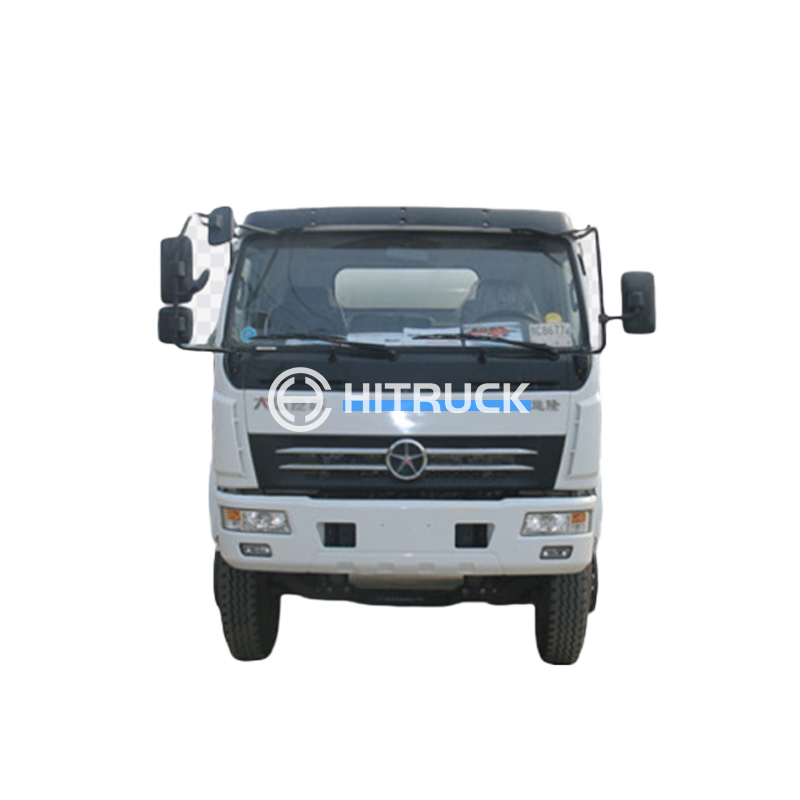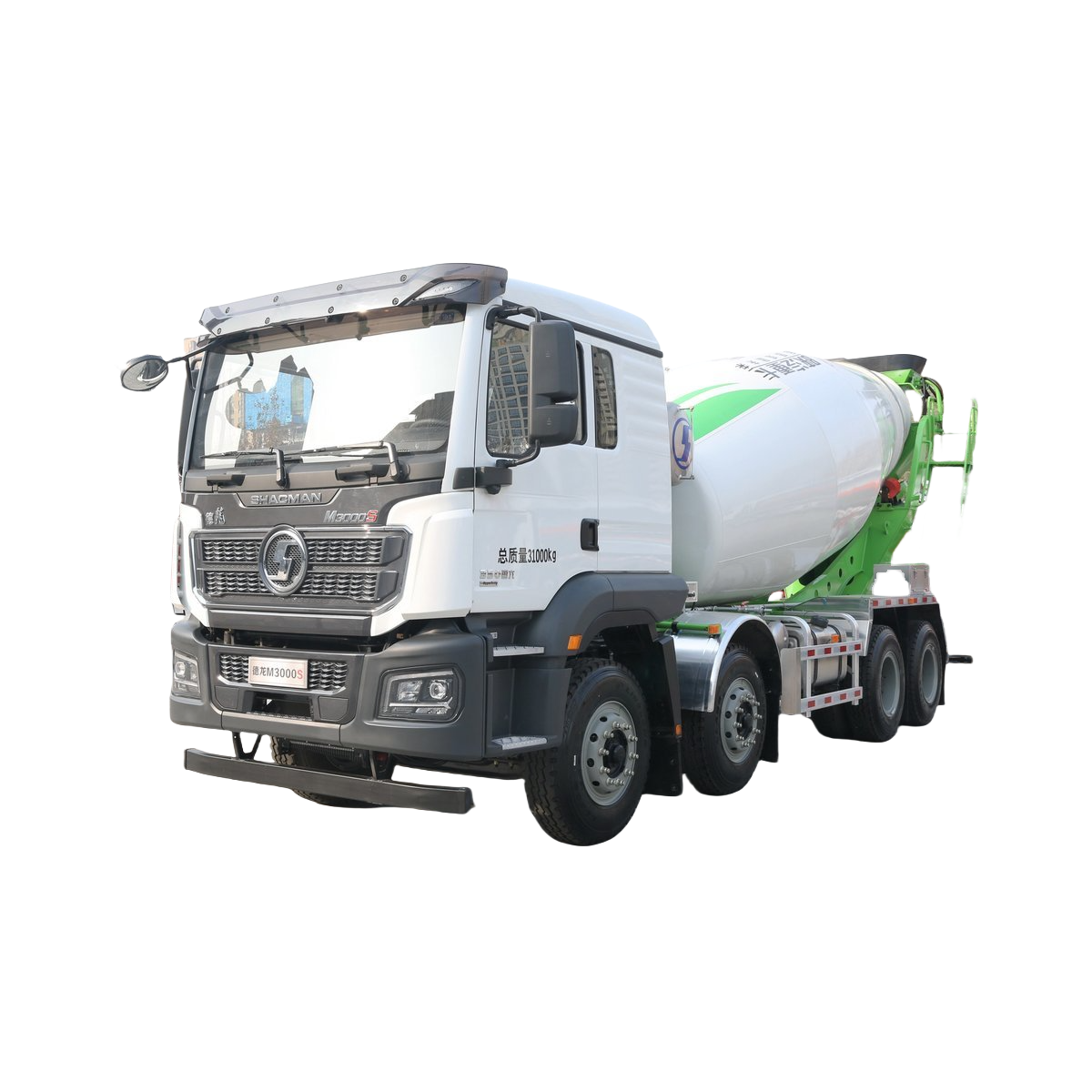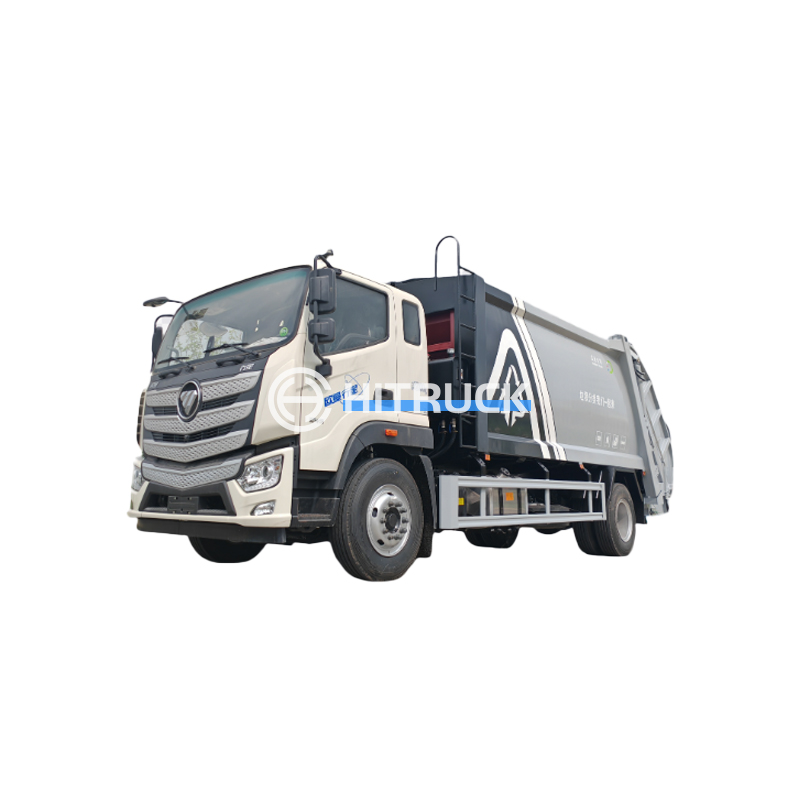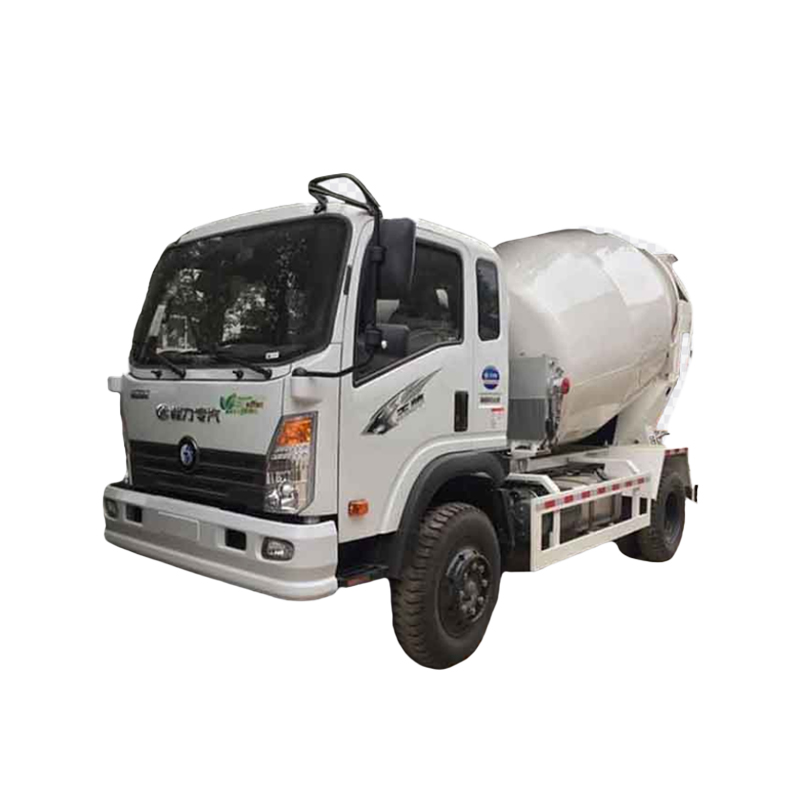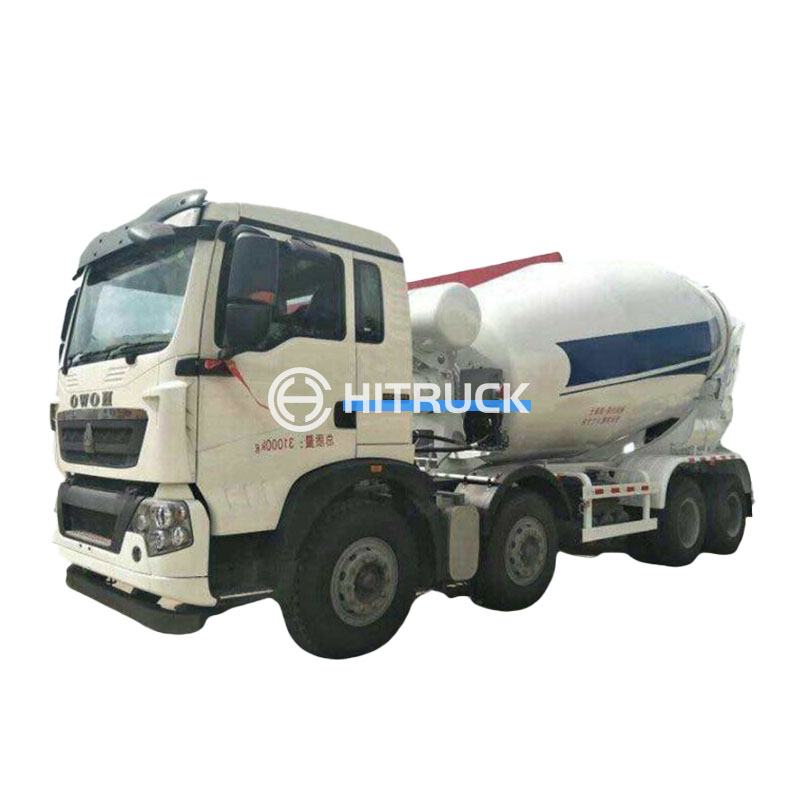This comprehensive guide explores the diverse world of commercial flatbed trucks, helping you understand their features, applications, and considerations for purchase. We'll cover key specifications, maintenance tips, and factors to consider when choosing the perfect truck for your business needs. Whether you're hauling construction materials, transporting heavy machinery, or delivering oversized goods, this guide will equip you with the knowledge to make an informed decision.
Light-duty commercial flatbed trucks are typically used for smaller loads and shorter distances. They offer good maneuverability and fuel efficiency, making them suitable for businesses with less demanding hauling requirements. Popular choices often include models based on half-ton or three-quarter-ton pickup trucks, readily customized with flatbed installations. These trucks are often perfect for landscaping companies or smaller contractors.
Medium-duty commercial flatbed trucks provide a balance between payload capacity and maneuverability. They are versatile and well-suited for a wide range of applications, including construction, delivery, and transportation of heavier equipment. These trucks usually have a higher GVWR (Gross Vehicle Weight Rating) and often come with features like enhanced suspension systems and more robust engines than their light-duty counterparts. They're a common choice for businesses that need to transport heavier loads across greater distances.
Heavy-duty commercial flatbed trucks are designed for transporting exceptionally heavy and oversized loads. These are the workhorses of the industry, often used for hauling large pieces of machinery, construction materials, or oversized cargo. They boast significantly higher GVWRs, powerful engines, and durable chassis designed to withstand demanding conditions. These trucks are essential for businesses involved in large-scale construction projects or specialized heavy hauling.
The payload capacity is crucial. It dictates the maximum weight the truck can safely carry. Accurately assessing your typical hauling needs is essential to avoid overloading and potential damage to the vehicle or cargo.
The GVWR represents the maximum allowable weight of the truck including its payload, fuel, and driver. Understanding the GVWR helps ensure compliance with regulations and safe operation.
The engine's power and torque directly impact hauling capacity and performance. Fuel efficiency is a significant operating cost factor, especially for long-haul operations. Consider the trade-offs between power and fuel consumption based on your typical usage.
The overall dimensions of the truck and its maneuverability significantly impact its suitability for various routes and job sites. Consider the size of your typical loads and the accessibility of your work locations.
Regular maintenance is crucial for extending the lifespan and maximizing the efficiency of your commercial flatbed trucks. This includes routine inspections, oil changes, tire rotations, and addressing any issues promptly. A well-maintained truck minimizes downtime and unexpected repair costs.
To find the perfect commercial flatbed truck for your specific needs, consider contacting a reputable dealer like Suizhou Haicang Automobile sales Co., LTD. They can guide you through the options available and help you choose a truck that meets your requirements and budget. Remember to compare specifications, prices, and warranties from multiple suppliers before making a decision. Thorough research is key to making a smart investment in your business.
| Truck Type | Typical Payload Capacity | Suitable Applications |
|---|---|---|
| Light-Duty | Up to 1 ton | Landscaping, small deliveries |
| Medium-Duty | 1-10 tons | Construction, general hauling |
| Heavy-Duty | Over 10 tons | Heavy machinery transport, large-scale construction |
Remember to always consult with professionals and adhere to local regulations when operating commercial flatbed trucks.

